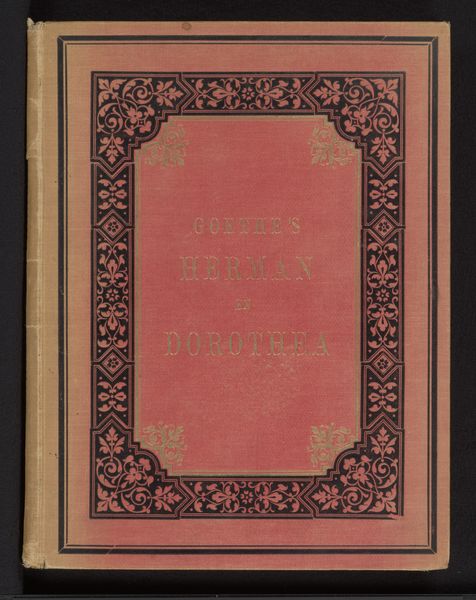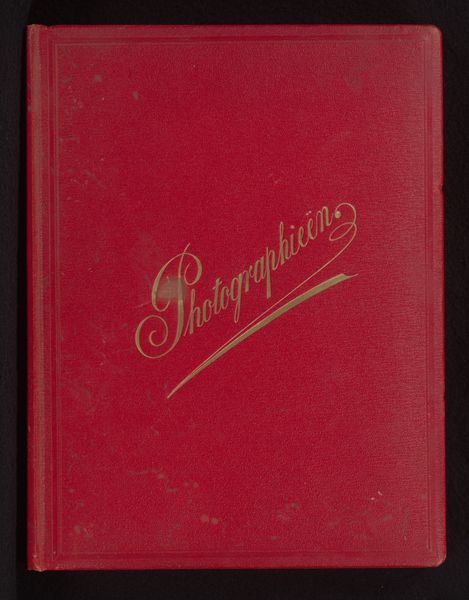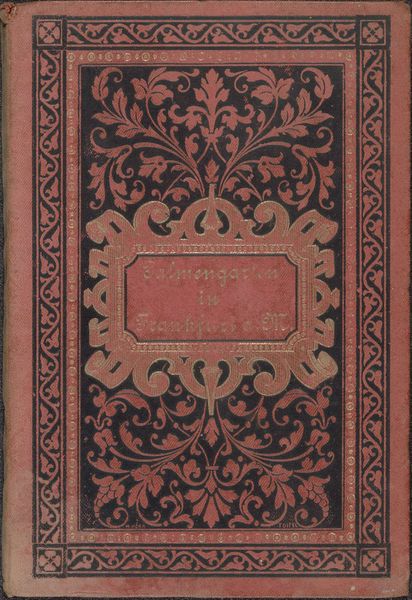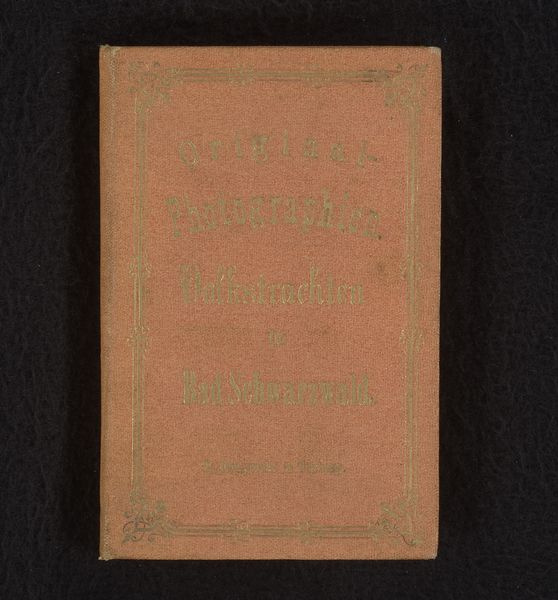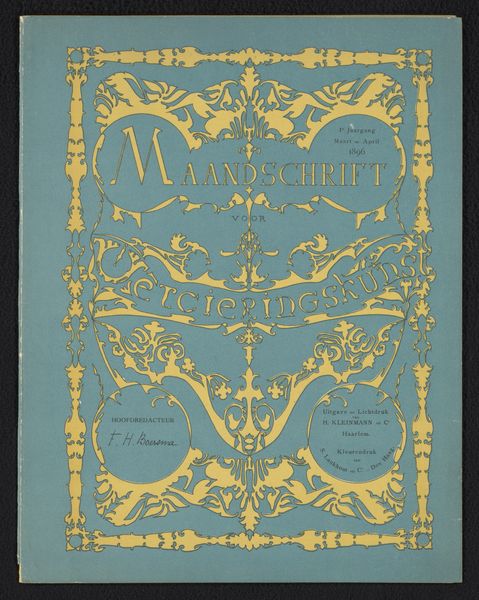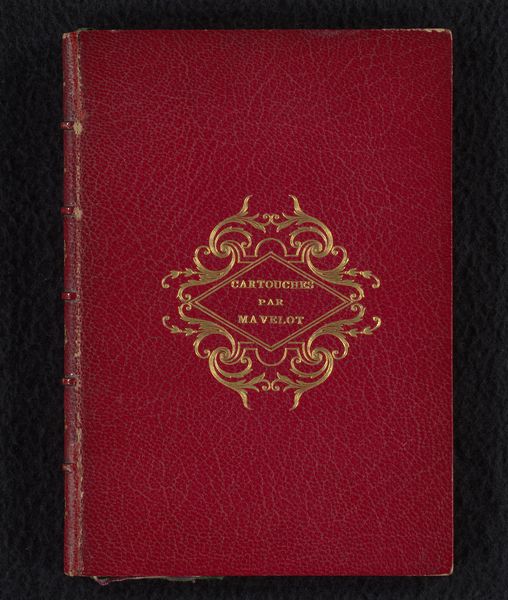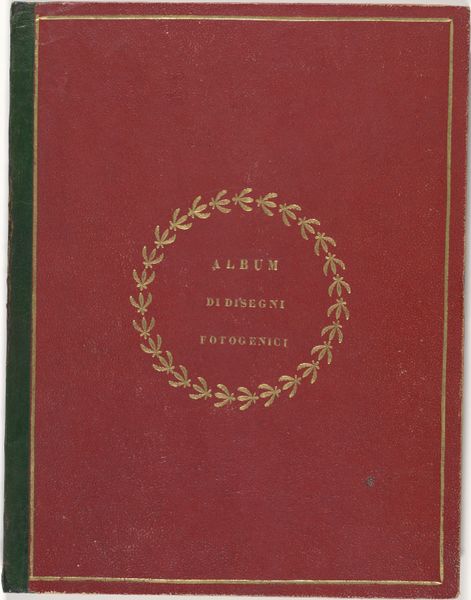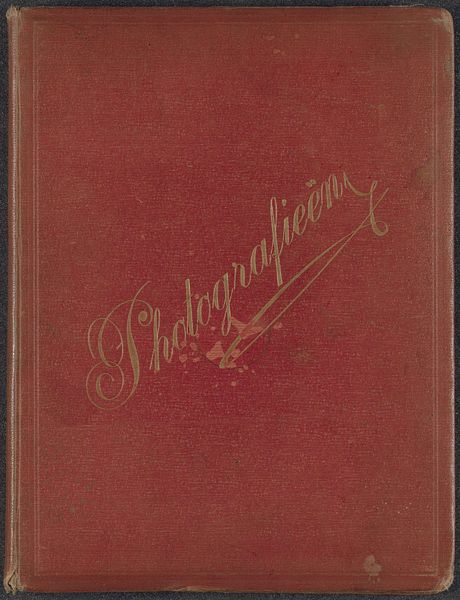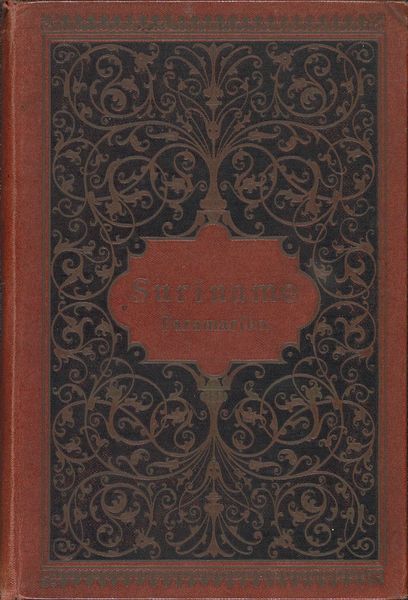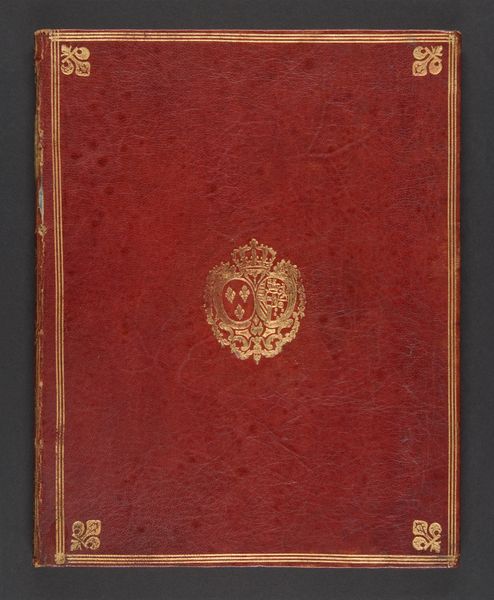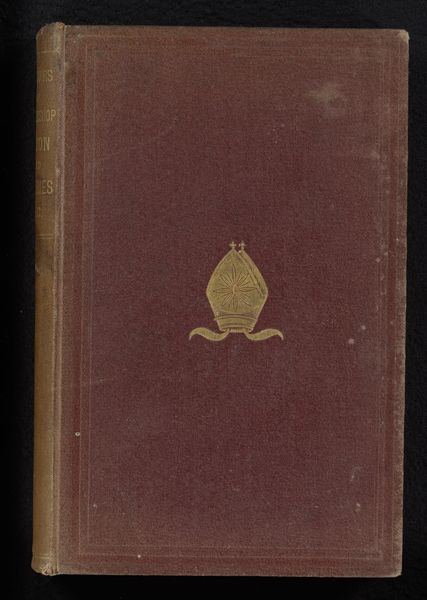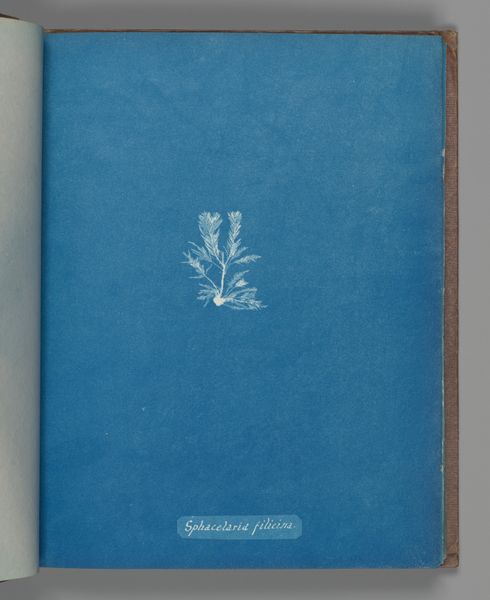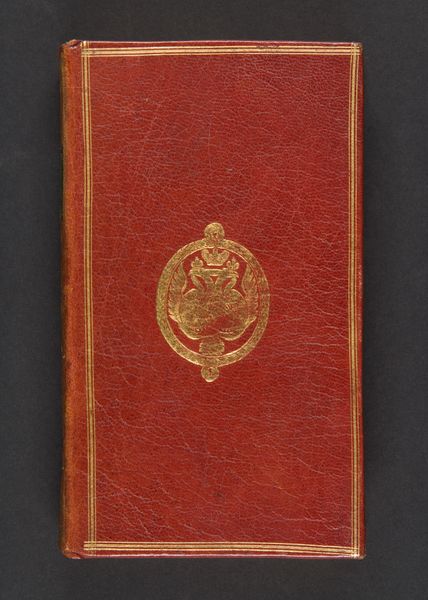
An appreciative life of the Right. Hon. Earl of Beaconsfield, a statesman of Light and Leading appendix 1881
0:00
0:00
graphic-art, print, typography
#
graphic-art
# print
#
woodcut effect
#
typography
#
intricate pattern
#
decorative-art
Dimensions: height 262 mm, width 193 mm, thickness 6 mm
Copyright: Rijks Museum: Open Domain
Editor: So, this is the cover of "An Appreciative Life of the Right. Hon. Earl of Beaconsfield," published in 1881. It's a printed graphic with typography and decorative art elements. It's making me think about Victorian ideals. What do you see in this piece? Curator: I see a powerful intersection of Victorian-era political hagiography and the burgeoning aesthetics of print culture. Consider the title itself: "An Appreciative Life." Whose appreciation, and what ideologies are embedded within that act of appreciation? This isn't merely a biography; it’s a carefully constructed narrative serving a specific political purpose. What do you make of the ornamental frame and its contrast with the central image? Editor: It almost feels like the frame is containing or elevating the image. The black and gold pattern gives it an ornate, important feel. Curator: Exactly. It’s deliberately designed to imbue the subject with gravitas. How does the typography itself, with its varying sizes and font styles, contribute to the construction of this political narrative and the implied hierarchies it supports? Consider, too, how access to printed material like this was socially determined. This book cover, as a commodity, speaks volumes about Victorian society’s values and power structures. Editor: It’s fascinating to think about how even something like a book cover can reveal so much about the historical context and social issues of the time. Curator: Indeed. And it makes you wonder about whose lives were *not* being celebrated in such an "appreciative" manner and what voices were excluded from this very visually defined narrative. How does this resonate today? Editor: This makes me think about representation today and who gets to control narratives about power and leadership. Thanks, this gave me a lot to think about.
Comments
No comments
Be the first to comment and join the conversation on the ultimate creative platform.
